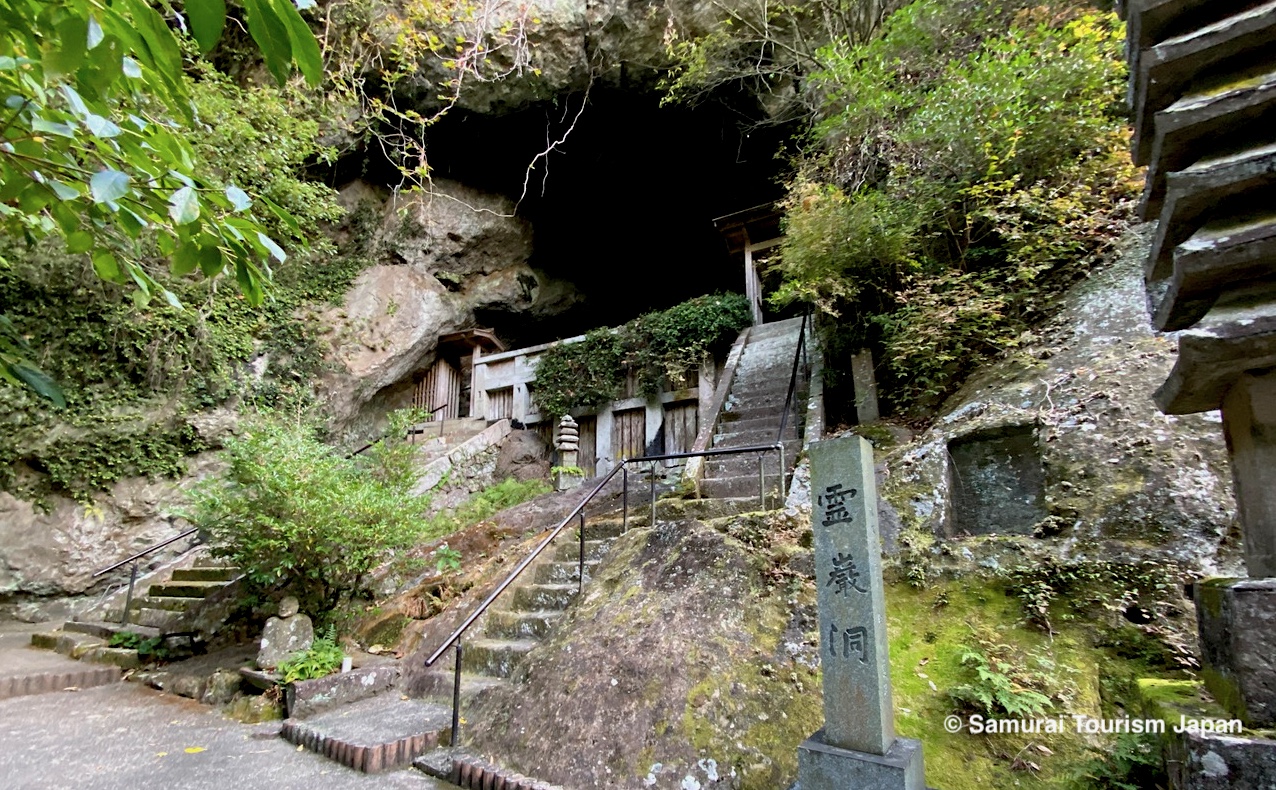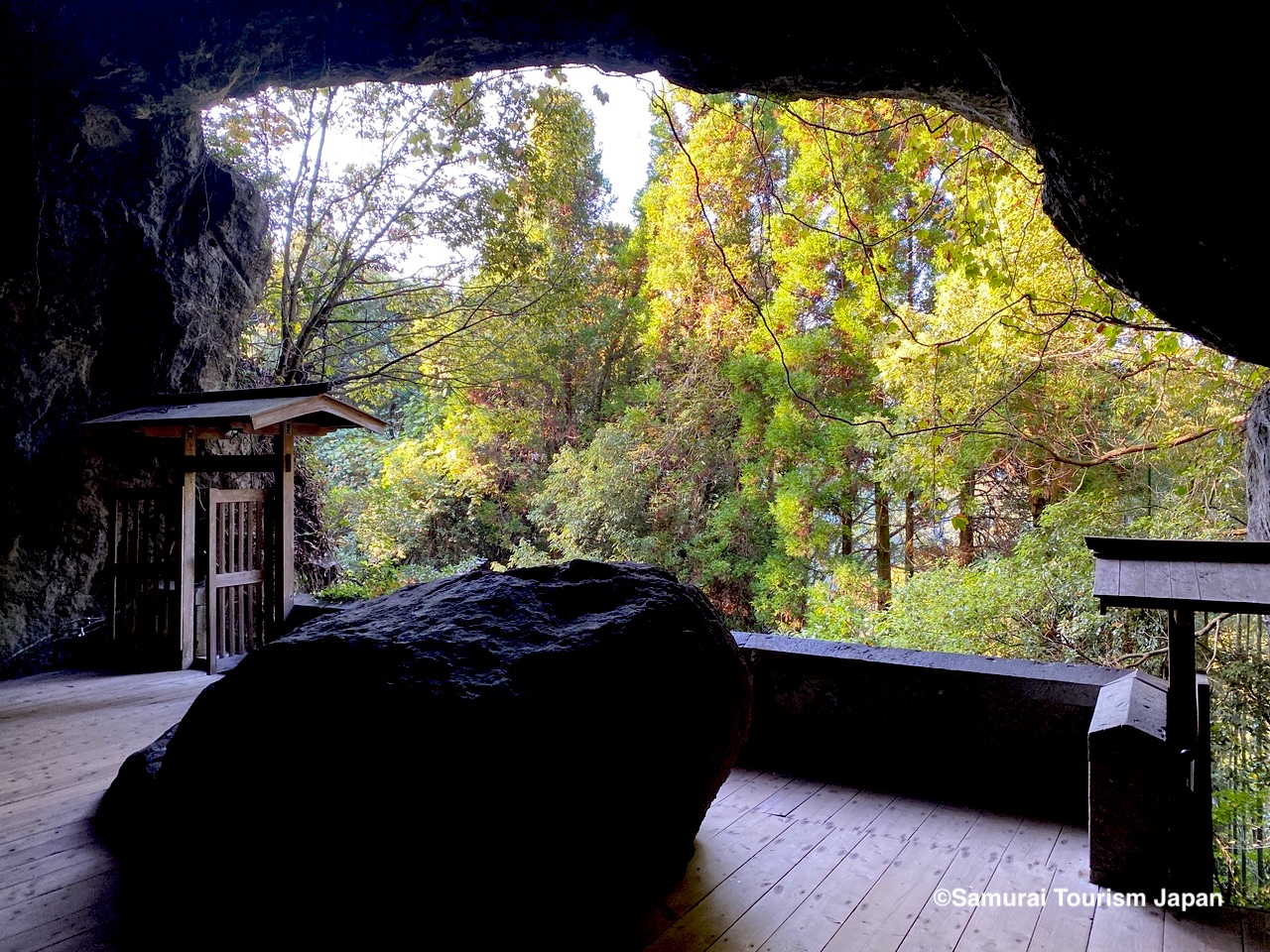Stories
Reigando Cave, Where Miyamoto Musashi Wrote the Go Rin no Sho

Reigando Cave, Where Miyamoto Musashi Wrote the Go Rin no Sho
The mysterious and sacred Reigando is a large, open fronted cave within the precincts of the ancient 14th century Unganzen-ji Zen Temple, about ten kilometers west of Kumamoto Castle. The Reigando cave is famed for being the site where Miyamoto Musashi retired to and spent the final months of his life as a hermit, meditating and writing one of the most perceptive and incisive manuscripts on swordsmanship, winning strategies, and warfare, the Go-Rin no Sho, the Book of Five Rings, while a guest of the Hosokawa clan, lords of Kumamoto.
Musashi recognised that sword-fighting and Zen were similar and complementary practices that led to the finding of one’s true self. He was in his late 50s when he relocated to Kumamoto, and knowing that he was nearing the end of his life, he retired to the Zen temple.
The 15 minute walk along the path to the cave is steep and slippery in the wet. Five hundred Rakan Buddhist stone statues are enshrined along the narrow path leading from the Unganzen-ji Temple to the historical Reigando Cave, adding to the mystical atmosphere. These were not placed here until the mid 18th century, and vandalised in the late 19th century Meiji period, so Musashi would not have seen such a sight.

On arriving at the cave one realises it is only a small grotto, quite wide and high, but not very deep. In center front is a huge rock on which it is said Musashi sat upon when meditating. In Musashi’s time, the mountain would have been mostly bare of trees and so Musashi would have views of the ocean to the east. A wooden floor has been installed, and the cave itself has been sealed off in parts. A shrine to Musashi now fills the innermost section where Musashi probably slept, along with a statue of Kannon (the Goddess of Mercy) known as the Iwato Kannon.
No matter how many times you visit the Reigando, there is something special about it.
In the temple’s small Treasure House, beside the ticket gate is one of about three wooden swords said to have been used by Musashi against Sasaki Kojiro at the famed duel on Ganryujima.
Island. Beside the current temple building, is a spring where mountain water pours from a moss-covered stone. Visitors can drink from the same water source as Musashi did 400 years ago.
For those with a serious interest in samurai history and culture, and the life of Miyamoto Musashi, the Reigando is a must see! The name Reigando translates to “Spirit Rock Cave”, and true to form, you can feel the spirits that dwell within…..perhaps even the spirit of Musashi.


